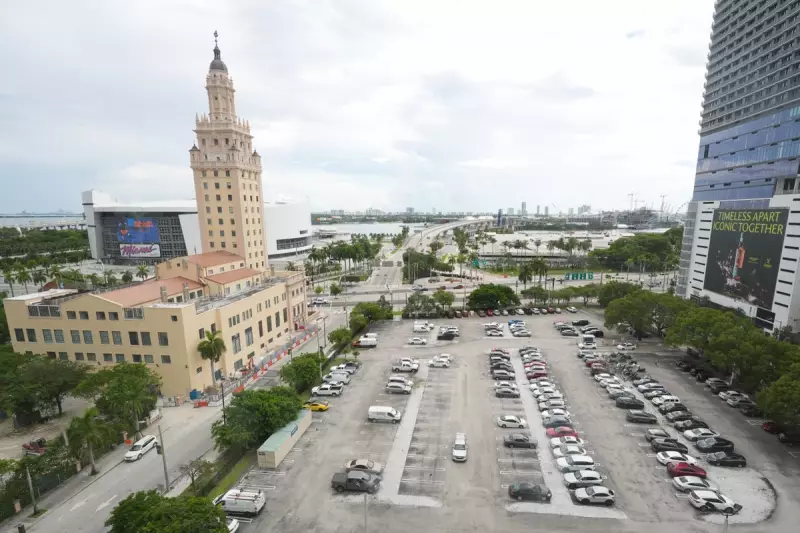
A significant legal battle over a prime piece of Miami real estate intended for a Donald Trump presidential library will proceed to trial in August 2026, a judge has ruled.
The Legal Challenge and Injunction
Circuit Judge Mavel Ruiz in Miami established the trial date this Monday, further delaying plans by Miami Dade College to formally hand over the land to the state of Florida. The state intended to gift the property to the foundation organising the planned library.
The legal challenge was initiated by Miami activist Marvin Dunn, a retired professor and expert on local Black history. His lawsuit contends that the college board violated Florida’s Government in the Sunshine law by failing to give sufficient public notice for its special meeting on 23 September. It was during this meeting that the board voted to relinquish the nearly 3-acre (1.2-hectare) property.
Last month, Judge Ruiz granted Dunn a temporary injunction, blocking the land transfer for the time being. Lawyers for the college had requested the judge to pause the trial proceedings while an appellate court reviews the case. However, Judge Ruiz scheduled the trial to begin on 3 August 2026, while acknowledging this date could be subject to change depending on the appeals process.
A Multi-Million Dollar Parcel
The disputed property is no ordinary plot. According to a 2025 assessment by the Miami-Dade County property appraiser, the land is valued at more than $67 million and is described as a developer's dream.
One real estate expert has suggested that this parcel, one of the last undeveloped lots on the iconic, palm tree-lined Biscayne Boulevard, could potentially sell for hundreds of millions of dollars more on the open market, highlighting the immense value and high stakes of the legal dispute.
Implications and Next Steps
This legal proceeding ensures that the future of this valuable land remains uncertain for the foreseeable future. The trial setting represents a substantial hurdle for the proposed Trump presidential library project in Miami, pushing any potential development back by years while the courts examine the transparency of the initial decision-making process.





